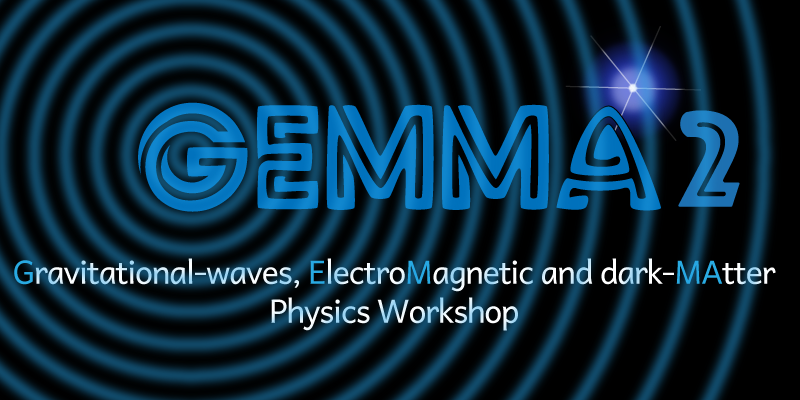Description
I will present a new technique to search interferometric detector data for long transient gravitational wave signals, such as those predicted from rapidly spinning newborn magnetars.
Because of the fast frequency variation of these signals, standard search techniques are computationally unfeasible (matched filtering) or very demanding (sub-optimal semi-coherent methods).
We investigated an alternative method using machine learning in order to achieve a rapid and inexpensive procedure.
We develop a classifier that is able to discriminate between the presence or absence of a signal in time-frequency maps.
To help with the classification task, we also developed a denoiser, i.e., a model able to reduce the noise of the time-frequency map while preserving at best the track of the signal.
We have examined both networks' performance using colored noise simulations based on LIGO interferometer design noise curves.
Simulated long transient signals from newborn magnetars, have been generated and added to the detector noise.
I will demonstrate how combining the two neural network models is essential to increasing the chance of detection.
In addition, I will show that our method is robust with respect to changes in the exponent of the power law describing the time evolution of the signal frequency.
To conclude, our results highlight the computationally low cost of this method to generate triggers for long transient signals and lay the foundations for further improvements to perform systematic searches.

